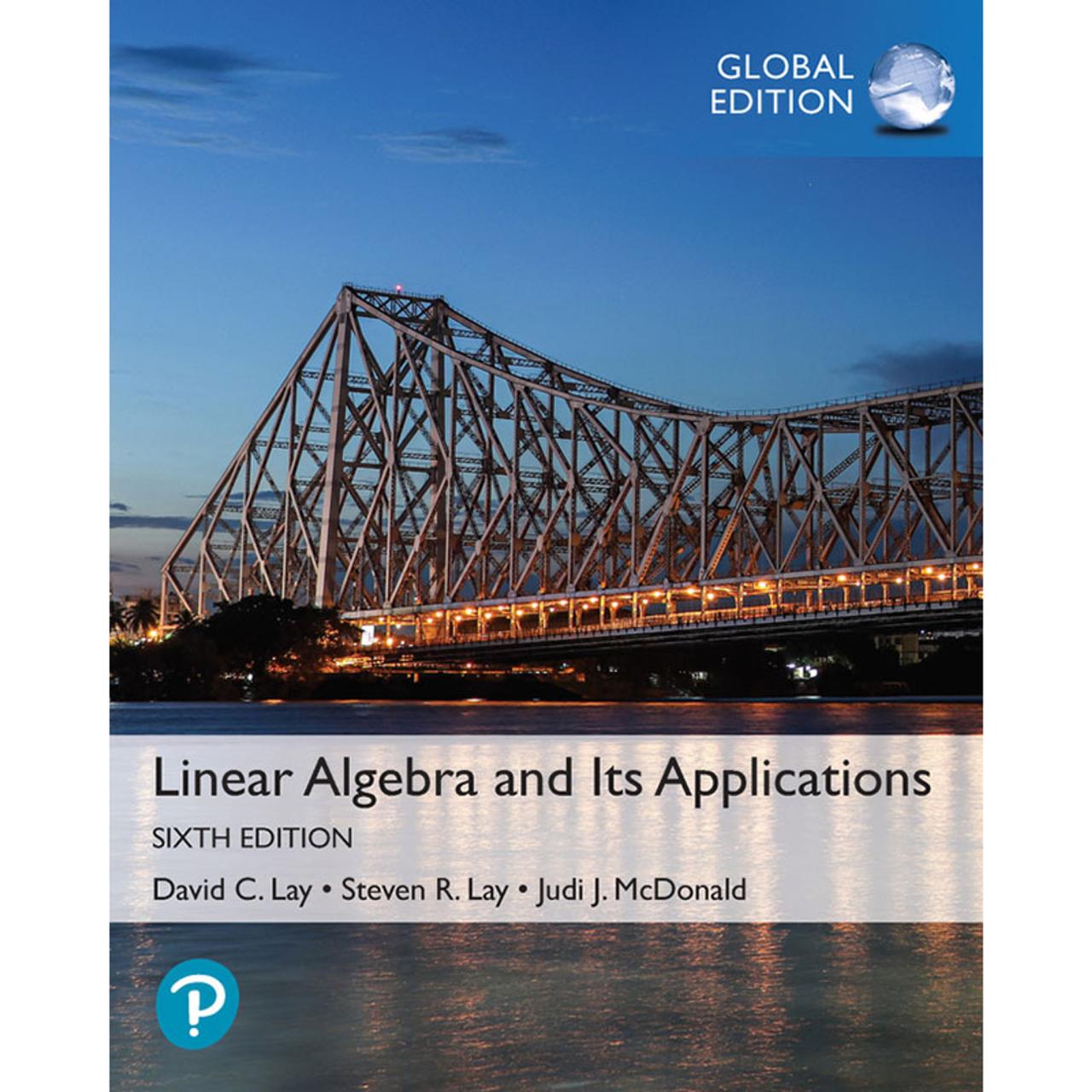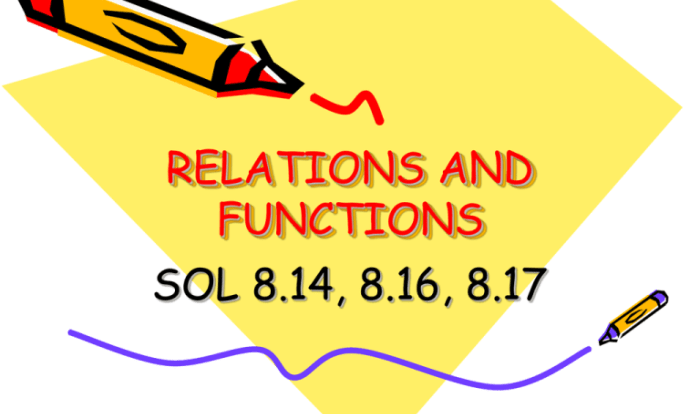Linear algebra and its applications 3rd edition – Embarking on a journey into the realm of linear algebra and its applications, 3rd edition, this comprehensive guide unveils the fundamental concepts and practical implications of this mathematical discipline. Delving into the intricacies of vectors, matrices, and linear transformations, it illuminates the power of linear algebra in shaping our understanding of the world around us.
Through captivating examples and in-depth explanations, this book empowers readers to harness the transformative potential of linear algebra, unlocking solutions to complex problems in diverse fields, ranging from computer graphics to data analysis, optimization, physics, and engineering.
Linear Algebra Concepts

Linear algebra is a branch of mathematics that deals with vectors, matrices, and linear transformations. These concepts have a wide range of applications in various fields, including computer graphics, data analysis, optimization, physics, and engineering.
Vectors are mathematical objects that represent direction and magnitude. Matrices are rectangular arrays of numbers that can be used to represent linear transformations. Linear transformations are functions that map vectors to other vectors. These concepts are essential for understanding many important problems in science and engineering.
Matrix Theory
Matrix theory is a branch of linear algebra that studies the properties and operations of matrices. Matrices can be used to represent a wide range of mathematical objects, including vectors, linear transformations, and systems of linear equations. Matrix theory provides a powerful tool for solving many important problems in science and engineering.
- Matrix multiplication is a fundamental operation that can be used to combine two matrices to produce a third matrix.
- The determinant of a matrix is a number that can be used to characterize the matrix. The determinant is zero if and only if the matrix is singular.
- Eigenvalues and eigenvectors are important concepts in matrix theory. An eigenvalue is a number that, when multiplied by a vector, produces another vector that is parallel to the original vector.
Vector Spaces, Linear algebra and its applications 3rd edition
Vector spaces are mathematical structures that consist of a set of vectors and a set of operations that can be performed on those vectors. Vector spaces have many important properties, including the following:
- Vector spaces are closed under addition and scalar multiplication.
- Vector spaces have a zero vector.
- Vector spaces have a unique additive inverse for each vector.
Linear Transformations
Linear transformations are functions that map vectors to other vectors. Linear transformations have many important properties, including the following:
- Linear transformations are linear.
- Linear transformations are invertible if and only if their determinants are nonzero.
- Linear transformations can be represented by matrices.
Applications in Computer Graphics
Linear algebra is used extensively in computer graphics. For example, linear algebra is used to perform the following tasks:
- Transforming objects in 3D space.
- Projecting objects onto a 2D plane.
- Lighting objects in a 3D scene.
Applications in Data Analysis
Linear algebra is also used extensively in data analysis. For example, linear algebra is used to perform the following tasks:
- Principal component analysis (PCA) is a technique that can be used to reduce the dimensionality of a dataset.
- Singular value decomposition (SVD) is a technique that can be used to find the principal components of a dataset.
- Linear regression is a technique that can be used to fit a linear model to a dataset.
Applications in Optimization
Linear algebra is also used extensively in optimization. For example, linear algebra is used to perform the following tasks:
- Linear programming is a technique that can be used to solve optimization problems with linear constraints.
- Quadratic programming is a technique that can be used to solve optimization problems with quadratic constraints.
- Convexity is a concept that is used to characterize optimization problems that have a unique solution.
Applications in Physics and Engineering
Linear algebra is also used extensively in physics and engineering. For example, linear algebra is used to perform the following tasks:
- Mechanics is a branch of physics that studies the motion of objects. Linear algebra is used to describe the forces that act on objects and to solve the equations of motion.
- Electromagnetism is a branch of physics that studies the interaction of electric and magnetic fields. Linear algebra is used to describe the electric and magnetic fields and to solve the Maxwell equations.
- Quantum mechanics is a branch of physics that studies the behavior of matter at the atomic and subatomic level. Linear algebra is used to describe the wave function of a particle and to solve the Schrödinger equation.
Commonly Asked Questions: Linear Algebra And Its Applications 3rd Edition
What are the key concepts covered in linear algebra?
Linear algebra revolves around the study of vectors, matrices, and linear transformations, providing a framework for understanding and solving systems of linear equations.
How is linear algebra applied in real-world scenarios?
Linear algebra finds applications in computer graphics, data analysis, optimization, physics, and engineering, enabling the modeling and solving of complex problems in these fields.
What is the significance of matrix theory in linear algebra?
Matrix theory explores the properties and operations of matrices, including matrix multiplication, determinants, and eigenvalues, providing a powerful tool for representing and manipulating linear transformations.
How does linear algebra contribute to data analysis?
Linear algebra plays a crucial role in data analysis techniques such as principal component analysis (PCA) and singular value decomposition (SVD), enabling the extraction of meaningful insights from large datasets.


